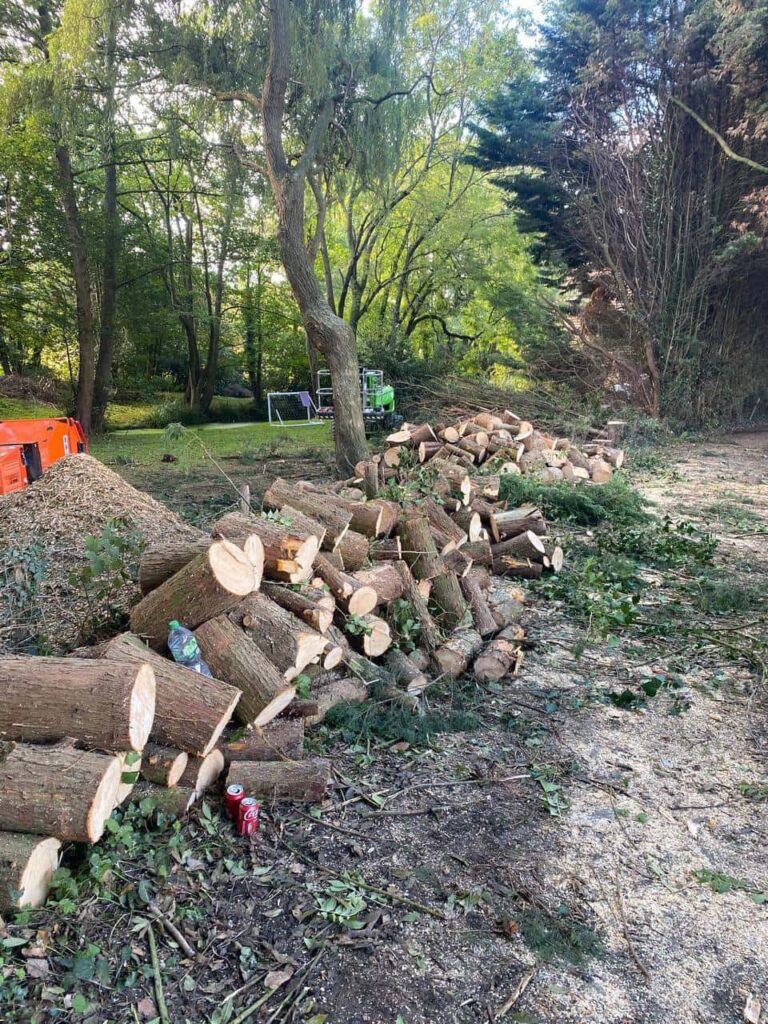Branching Out Together: Tree Trimming and the Role of Community Engagement
Introduction: In the lush landscapes of our towns and neighbourhoods, trees stand as silent guardians, providing shade, beauty, and ecological benefits to our communities. However, maintaining healthy and safe trees requires regular care and maintenance, including tree trimming. At Wymondham Tree Surgeons, we understand the importance of community engagement in tree-trimming efforts. In this blog post, we’ll explore the vital role that community engagement plays in tree-trimming projects and how it fosters a sense of ownership, collaboration, and stewardship among residents.
1. Building Awareness
Community engagement in tree trimming projects begins with building awareness and understanding of the importance of tree care and maintenance. By educating residents about the benefits of tree trimming, including improved tree health, safety, and aesthetics, communities can foster a culture of appreciation for trees and their role in enhancing the local environment. Public outreach efforts, such as informational workshops, newsletters, and social media campaigns, can help raise awareness and encourage residents to participate actively in tree-trimming activities.
2. Soliciting Input
Effective community engagement involves soliciting input and feedback from residents to ensure that tree-trimming projects align with community priorities and values. By involving residents in the decision-making process, communities can identify areas of concern, prioritise tree-trimming needs, and develop tailored solutions that meet the unique needs of each neighbourhood. Gathering input through surveys, community meetings, and online forums allows residents to voice their opinions and contribute to the planning and implementing tree-trimming initiatives.
3. Collaborative Planning
Tree trimming projects are most successful when they involve collaboration and partnership between residents, local authorities, and tree care professionals. Community engagement facilitates collaborative planning processes that leverage stakeholders’ collective expertise and resources to achieve common goals. By working together, communities can develop comprehensive tree-trimming plans that address tree health, safety, and aesthetic concerns while respecting environmental and cultural considerations.
4. Volunteer Opportunities
Community engagement in tree-trimming projects can extend beyond providing input and feedback to include active participation through volunteer opportunities. Organising community tree-trimming events or adopt-a-tree programs allows residents to contribute directly to the care and maintenance of trees in their neighbourhoods. By volunteering their time and effort, residents can develop a sense of ownership and pride in their local trees while building connections with neighbours and fostering a spirit of community stewardship.
5. Celebrating Success
Recognising and celebrating the success of tree-trimming projects is essential for sustaining community engagement and enthusiasm over time. Communities can celebrate achievements, such as completing tree trimming initiatives, planting new trees, or achieving significant improvements in tree health and safety. Hosting tree planting ceremonies, community picnics, or tree appreciation events provides opportunities for residents to come together, celebrate accomplishments, and reaffirm their commitment to caring for their urban forest.
Conclusion: Community engagement plays a vital role in tree trimming projects, fostering a sense of shared responsibility, collaboration, and pride in the care and maintenance of urban trees. By building awareness, soliciting input, collaborating on planning, providing volunteer opportunities, and celebrating success, communities can engage residents in meaningful ways that promote their local trees’ health, safety, and beauty.
Call us on: 01953 667 637
Click here to find out more about Wymondham Tree Surgeons
Click here to complete our contact form and see how we can help with your tree’s needs.

